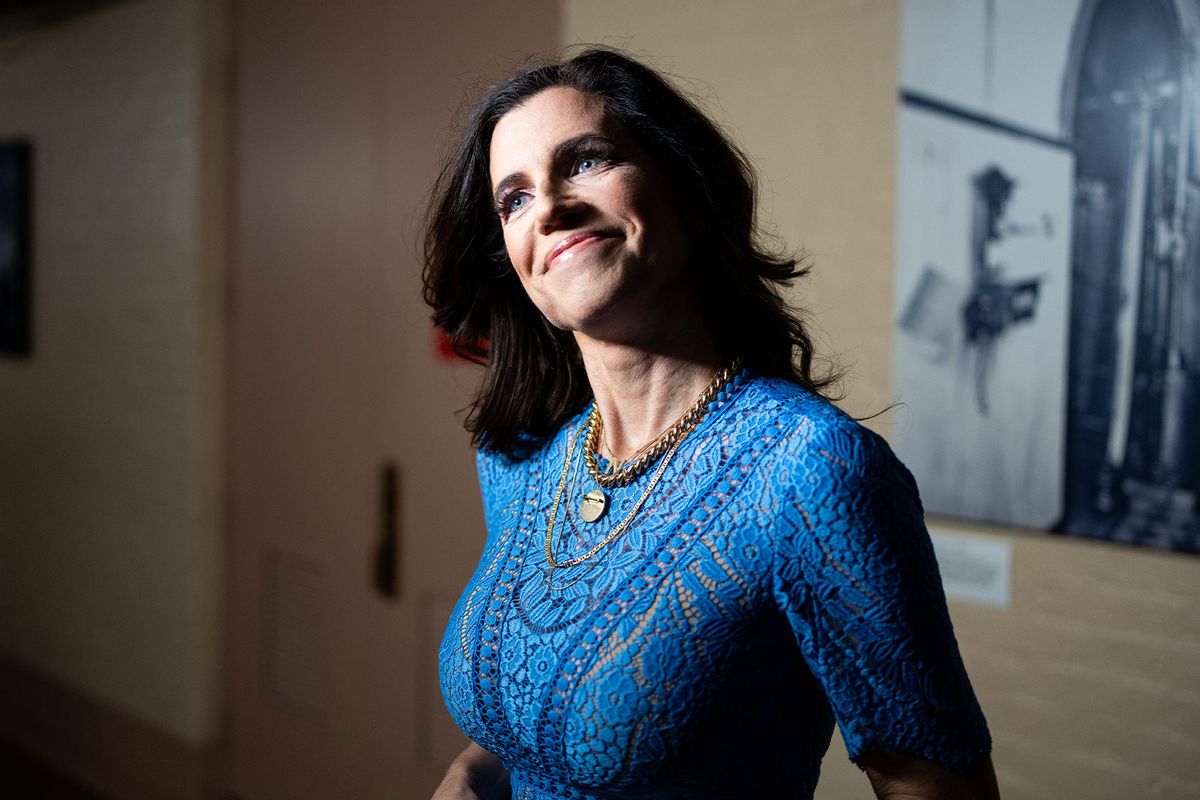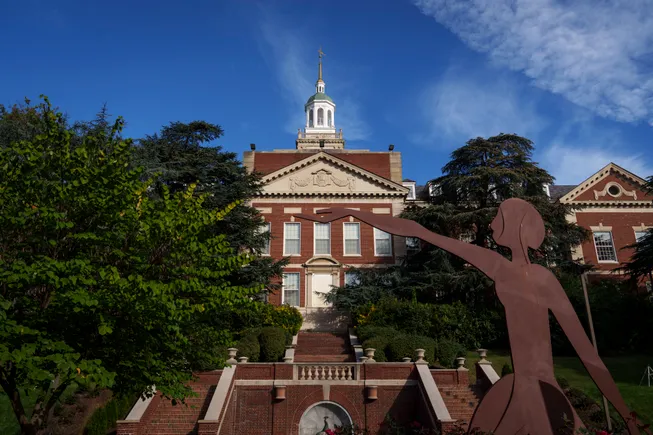The academy is facing a crisis of confidence. Where shared governance once nurtured robust debate and institutional progress, a climate of fear is taking hold, stifling dialogue and endangering the very mission of higher education. Decision-makers, ensnared in an atmosphere marked by uncertainty, are both terrified to act and paralyzed by inaction. They are troubled by a well-orchestrated effort that seeks to fundamentally alter higher education, forcing the sector into a state of existential terror for the foreseeable future. Consequently, we are witnessing a shift from shared governance to scared governance, and the consequences are profound.
At present, presidents seem to be thunderously quiet, boards approach critical issues with trepidation and faculty members feel suppressed in their teaching and research. The insidious costs of these constraints—the lost opportunities, the stifled innovation, the further erosion of trust—are staggering. These costs must be exposed to public scrutiny, as they are not confined to higher education. The repercussions of external intrusion will manifest in every facet of our society.
Governing boards—guardians of institutional mission and values—must recognize the gravity of this moment. This isn’t simply about diversity, equity and inclusion, though the attacks on DEI initiatives are a major part of the problem. This is about institutional independence, the freedom to pursue knowledge and the very DNA of our nation’s colleges and universities. Too often board members have permitted faculty or presidents to take the lead in governance and have used shared governance as an excuse, explanation or cover for their own lack of involvement. They have successfully hidden in plain sight.
Governance, however, is not a spectator sport. Boards have to champion the preservation of institutional independence and recognize that inaction under the guise of shared governance is still inaction. They cannot afford to be passive observers, expecting others to shoulder the burden of defending the institution’s core values while they remain detached. This is not a middle school group project; everyone has to participate or we will all fail the assignment.
The threats are widespread: curricula are under siege, co-curricular life is being dismantled, research programs are targeted, medical schools are undermined and free speech is gagged. This is not a series of isolated incidents; it is an orchestrated campaign to upend the foundations of higher learning, and it demands a unified, unwavering response.
The responsibility falls on governing boards to work with presidents to answer (clearly and immediately) some key questions:
- What principles defined our institutions before the current political climate?
- Do we still stand for these principles? If so, how can we hold fast to them now?
- What price are we willing to pay to uphold those foundational values?
- If we abandon our values now, what remains of our institutional identity?
Autonomy is not merely a privilege; it’s the bedrock of our academic mission. It is not only our institutional independence at stake, but our very integrity.
Many boards, understandably, are hesitant to address these challenges directly. But silence and inaction are not options. Board members are the ultimate arbiters of their institutions’ destinies. It is time to abandon the narrow focus on isolated initiatives and confront the broader, systemic assault on academic freedom and institutional autonomy. Board leadership will determine how we navigate this defining moment.
Boards of trustees are the protectors of institutional values. They carry the legacies of their institutions forward. If they fail in this duty, the consequences may be irreversible. While other higher education decision-makers respond to executive orders, policy shifts and legal rulings, the board’s role is clear and unchanging. The only uncertainty is whether members will fulfill their responsibilities in alignment with the institution’s mission.
The future of higher education depends on boards of higher education. The 1966 Statement on Government of Colleges and Universities makes it clear that “The governing board has a special obligation to ensure that the history of the college or university shall serve as a prelude and inspiration to the future … When ignorance or ill will threaten the institution or any part of it, the governing board must be available for support. In grave crises, it will be expected to serve as a champion.”
Board members: This is that moment. Your institutions—and the public they serve—are waiting for you to lead. The future of higher education depends on your courage, your convictions and your willingness to champion the values upon which your institutions were built. Will you rise to the occasion? We need you now more than ever.
We’ve recently made some suggestions for concrete actions trustees and senior leaders of institutions can take immediately to advance the great work higher education does while partnering with good-faith collaborators to address the field’s challenges. For those boards that want to be proactive and not just reactive, here are a few ideas.
One key action is to highlight the implications for resources. A public, transparent review of the university’s budget should explicitly showcase areas under threat—like research and DEI programs. To take this further, institutions could consider reallocating funds from traditionally “untouchable” areas, such as athletics, to fortify initiatives focused on inclusivity and academic freedom. Publicly challenging politicians to justify cuts in the face of these demonstrated priorities could push the conversation beyond rhetoric.
Fundraising strategies also need reimagining. Universities could launch targeted campaigns specifically designed to offset federal funding cuts and support programs under siege. A bolder approach might frame these efforts as “impact investments,” emphasizing the societal returns on supporting research and DEI. This reframing could inspire donors who care deeply about the university’s role in shaping a more equitable future.
Equally important is stressing the human cost. Universities should conduct and publish comprehensive reports that quantify the real-world consequences of funding cuts—measuring lives impacted, medical treatments delayed, rising attrition rates and mental health issues among students and staff. Presenting these findings to legislators and the public forces a direct reckoning with the human toll of these policy decisions. The facts, laid bare, can speak louder than fear.
Finally, institutions must build collective strength through research consortia. By forming inter-institutional partnerships to pool resources and expertise, universities can ensure the continuation of vital research projects at risk. A more assertive stance could position these consortia as a direct counter to political interference, underscoring the importance of academic inquiry free from external pressure.
The path forward is clear: Governing boards must lead with transparency, strategy and courage. Higher education’s survival—and its ability to serve the public good—depends on it.




















Discussion about this post